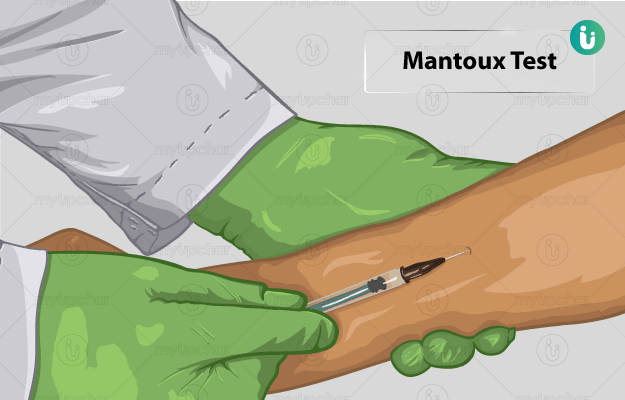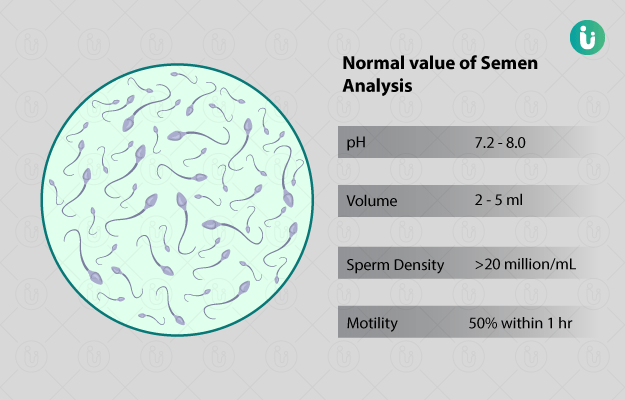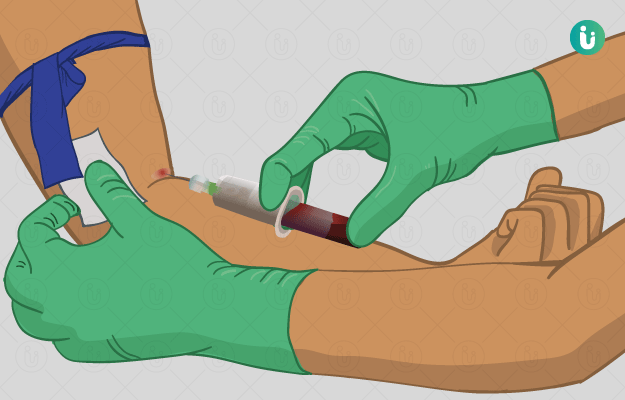What is Mantoux test?
Mantoux test, also known as the tuberculin skin test, is used to check if an individual has been affected by tuberculosis (TB).
TB is a deadly disease affecting mainly the people in developing countries. The disease persists in the body in various forms, such as:
- Pulmonary TB: where the pathogen affects the lungs
- Extrapulmonary TB: where the pathogen mainly affects the areas outside the lungs
- Latent TB: where the infection by the pathogen does not show prominent symptoms
Though there are several tests available for diagnosing TB infection, but Mantoux test is one of the oldest standardised procedures for TB testing.
It uses a testing solution containing a chemical called purified protein derivative (PPD) of tuberculin to check for the occurrence of an immune reaction on your skin. The concept of the test is that if you are infected by Mycobacterium tuberculosis (causative agent of TB), your immune system can recognise the pathogen and react powerfully against it.
Mantoux test is mainly used to diagnose the latent TB. Further tests will be required to confirm the results of the test as there are many false-positive and false-negative outcomes of the test. The test result depends highly on the population on which the test is carried out.














